YouTube
0:00 Magnetic Force and the Law of the Right-Hand Screw
0:23 Generating Power
1:48 Generating Electricity
Electricity and magnetism


Please read this article to the end to understand more about the relationship between electricity and magnetism, and to gain a better understanding of the magnetic fields we use around us.
Magnetic force and the right-hand thread law
Next, we will discuss the relationship between electricity and magnetic force.
Closely related to electricity isan invisible force called magnetism.
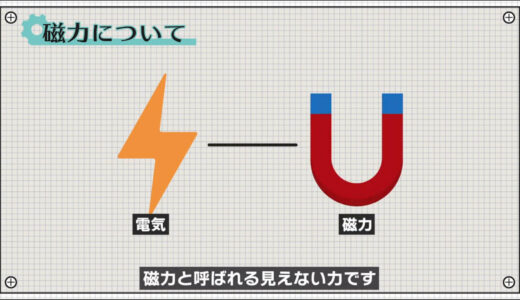
The space where magnetic force works is called a magnetic field, and whenever an electric current flows, a magnetic field is generated around it.
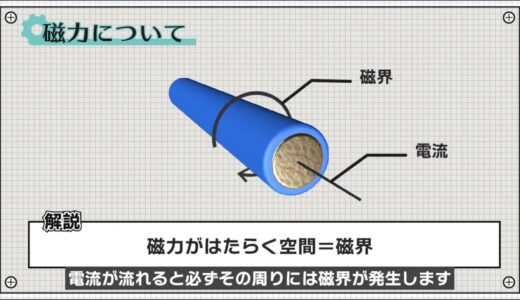
This relationship is called the right-hand thread law because it is the same direction in which a screw travels when turned right.

Magnetism has two very important properties, which I will explain next, and it supports our society in a fringe role.
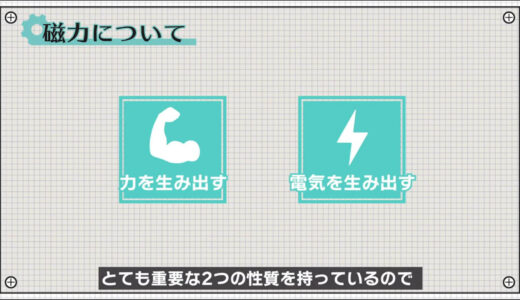
Generating Power
The first important property is the property of being able to generate force.
The servo motors used in the work take advantage of this property.
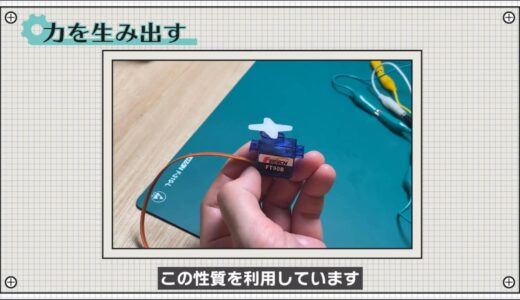
This is known as Fleming’s left-hand rule, which states that if the middle finger is oriented toward the current and the index finger toward the magnetic field, a force is generated in the direction of the thumb.
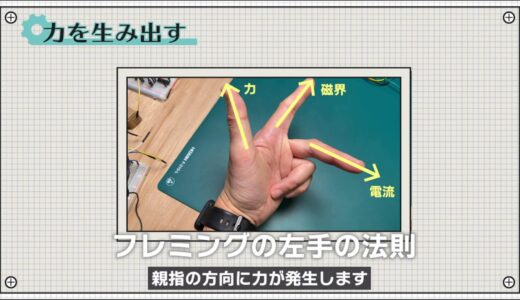

The starting point is to place N- and S-pole magnets facing each other.
At this time, the magnetic field is generated from the N to the S pole.
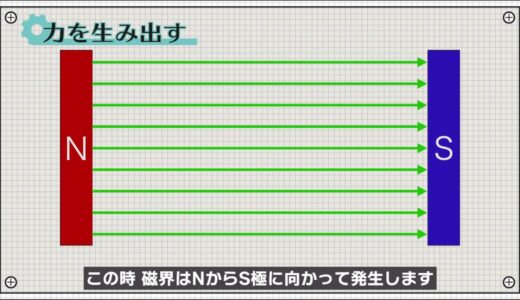
Next, when an electric wire is brought into the coil and an electric current is applied in the direction shown in the figure below, a magnetic force is generated according to the right-hand screw law, and the magnetic force due to the magnet and the magnetic force due to the electric current are synthesized.
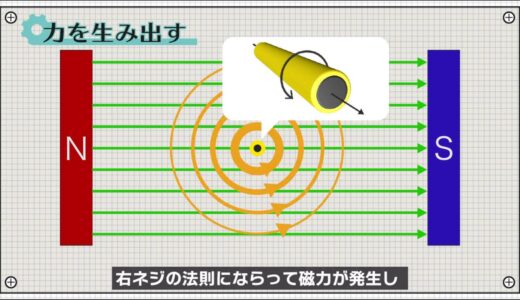
The magnetic force due to the electric current is oriented in opposite directions in the upper and lower halves of the figure, and also becomes stronger the closer it is to the wire and weaker the further away it is from the wire.
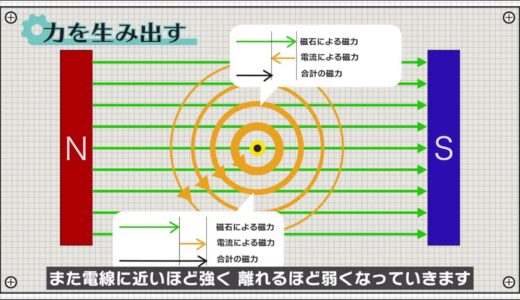
As a result, the magnitude of this combined magnetic force will vary with location.
Because of the tendency of magnetic fields to try to equalize as much as possible, the wire is subjected to an upward force from the stronger magnetic field to the weaker one.
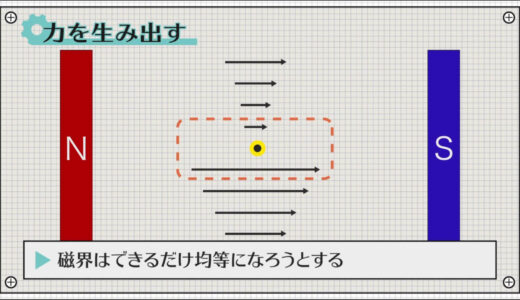

This is the principle of how current and magnetic fields combine to create a force! !
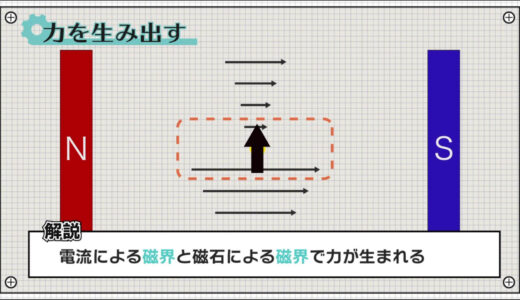
Generating Electricity
The second important aspect of magnetism is its ability to generate electricity.
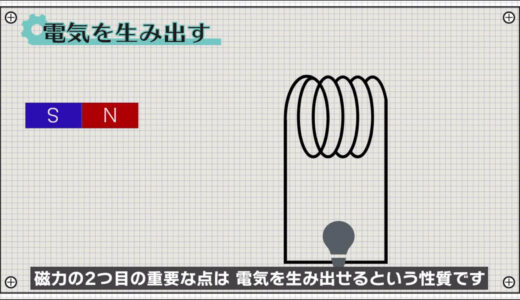
When a magnet is placed close to the coil, the circuit works even though there is no battery or anything connected to it.
This phenomenon is called electromagnetic induction, which occurs because magnetic fields have the property of trying to be as even as possible.
When a magnet is placed close to the coil, a magnetic field is generated in the opposite direction to weaken the magnetic field generated in the coil.
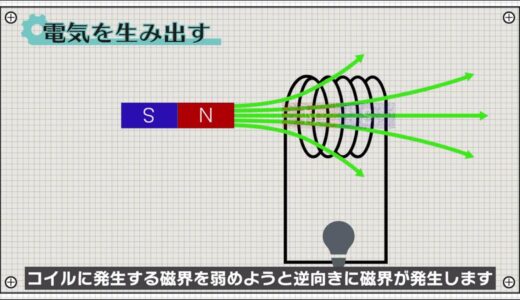
Since magnetic fields and electricity always exist in pairs, a current flows through a wire when a magnetic field is generated, just as a current flows through a wire when a magnetic field is generated.

The generators that send electricity to our homes use this characteristic to produce electricity.
This phenomenon of electromagnetic induction can also be generated by an electric current flowing through the coil itself without the use of a magnet.
When a large amount of current is applied to a coil instantaneously, a force is exerted that interferes with the rapid change in the magnetic field generated by the current.
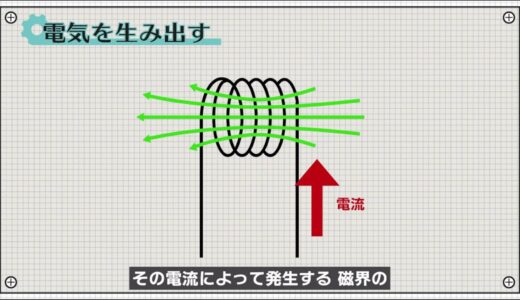
As a result, the magnetic field is generated in the opposite direction and the current flows in a direction that reduces the original current, so the current increases only gradually.
This is called self-induction and is widely used in filter and power supply circuits.
summary
In this article, we have explained in detail the relationship between electricity and magnetism.
I hope that the students have deepened their understanding of the relationship between electricity and magnetism, as well as magnetic fields, and have come to enjoy electronic construction even more.
This site also provides other videos and articles to help beginners learn electronics construction systematically from zero, including explanations of the minimum knowledge and tools they need to acquire.

 Start electronics
Start electronics 



